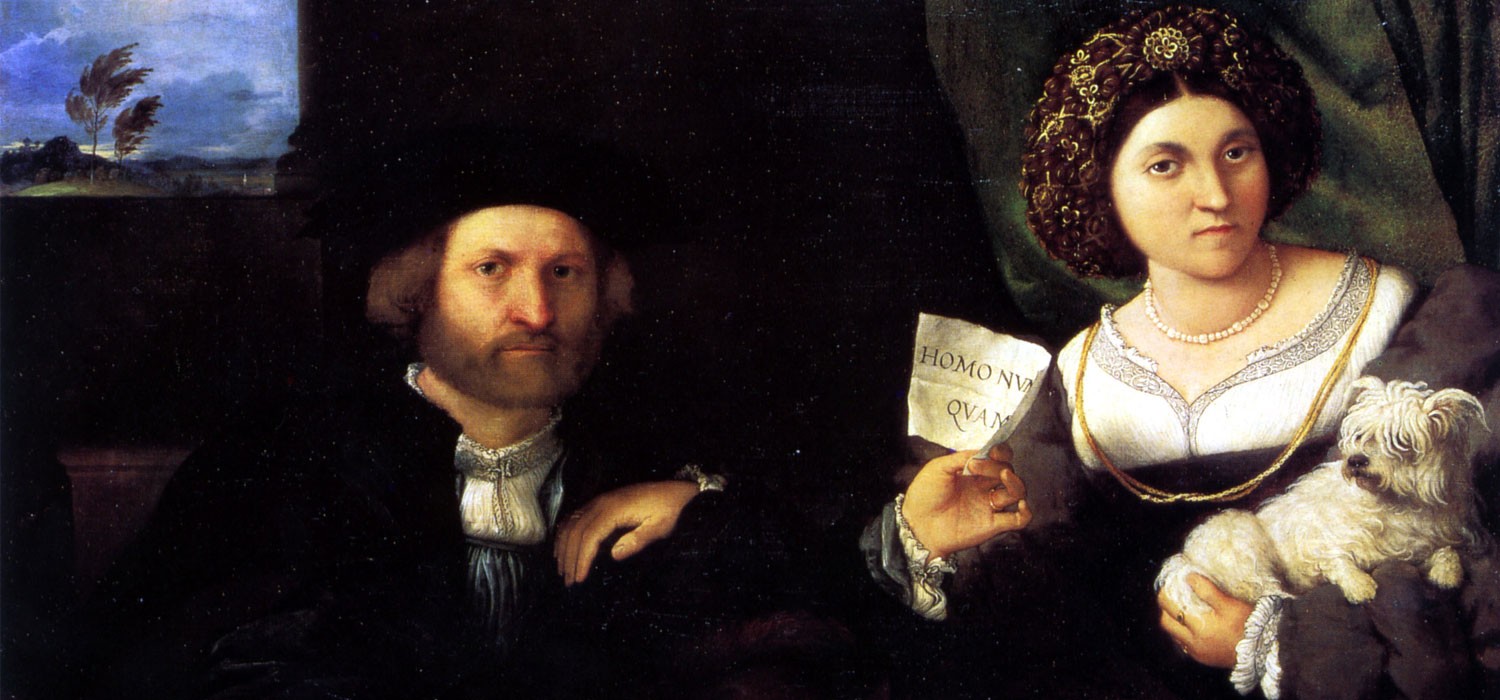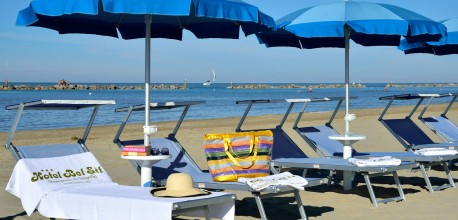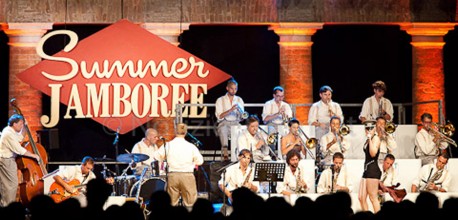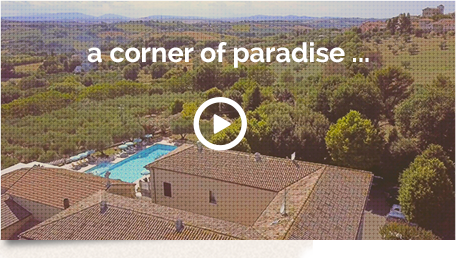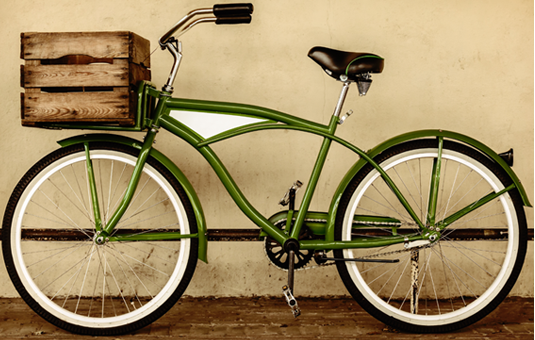Born in Venice in 1480, he has always been more restless than Raphael and Titian, always looking for his own path and above all his creative freedom.
Lorenzo Lotto was not understood nor appreciated and in this very moment his career came accross the Marche Region.
The first documents concerning him date back to 1506 and refer to the ordination of the great Altarpiece of San Domenico (Museum of Villa Collaredo Mels) in Recanati. He fell so in love with this Region, located in the middle of Italy, that he often returned there to paint, until when he chose the shrine of Loreto as his final home, in the guise of an oblate.
If during his life he had to suffer the humiliation of not being sufficiently recognized by contemporaries, especially because of the excessive humanity that he loved to give the painted scenes (those sacred disappeared), everything changed after his death.
In the Marche Region there are over than 25 works by Lorenzo Lotto: following their tracks is a fascinating experience from the artistic point of view to discover seven of the most beautiful towns of the Region.
The itinerary does not have a clear beginning or end fixed: Ancona, Cingoli, Jesi, Mogliano, Recanati, Loreto, Monte San Giusto and Urbino.
The famous “Deposizione” in Jesi, along with the Transfiguration in Recanati, has fueled the legend of the artist who returns from the Roman experience confused and humiliated. Certainly the work has clear formal references with similar compositions by Perugino and Raphael, but the starting point is still the landscape represented by Giorgione, where the very landscape is understood as the protagonist along with figures. The line of a rocky and barren mountain on the left falls on a widening, peaceful gulf and climbs the grassy hill to the right. Every corner is inhabited by figures unaware of the drama there is consumed on the first floor, around the minute and contract Christ’s body, represeted with sharp features which death did not return serenity.
Among the works in Recanati, like the “Transfigurazione” and the “San Giacomo Pellegrino” (both in the Museum of Villa Collaredo Mels), the “San Vincenzo Ferrer in Gloria” in the nearby Church of San Domenico and the “Deposizione” (1512, the Pinacoteca Civica di Jesi), an abrupt change outlines in his style, against the theocratic classicism by Raphael, specially represented in the “Stanza della Segnatura” in the Vatican.
In the following years, living between Bergamo and Venice, Lorenzo Lotto continues to send works in the Marche: these are the years of the “Madonna and Child with Saints Joseph and Jerome”, called “Our Lady of the Roses” (1526), the two panels depicting the “Angel of the Annunciation and Our Lady of the Annunciation”, the incredible Altarpiece of St. Lucia and the “Visitation”, all works held in the splendid rococo Palazzo Pianetti in Jesi, today the Civic Art Gallery.
The monumental “Crucifixion of St. Mary in Telusiano” in Monte San Giusto (1531).
Probably in 1531, the great artist left in the Church of St. Sebastian (Castelplanio) an altarpiece unit dispersed over time: the two surviving panels depicting St. Christopher and St. Sebastian were sold in 1821 by the English merchant Edward Solly to the Prussians and are still preserved in Germany, in the Gemaldegalerie in Berlin.
It should be noticed that this painting constituted the reference point for the future elaboration of another masterpiece depicting St. Christopher, St. Rocco and St. Sebastian (Pincoteca of the Apostolic Palace of Loreto, 1535 and 1536) when the artist probabily lived near Macerata.
